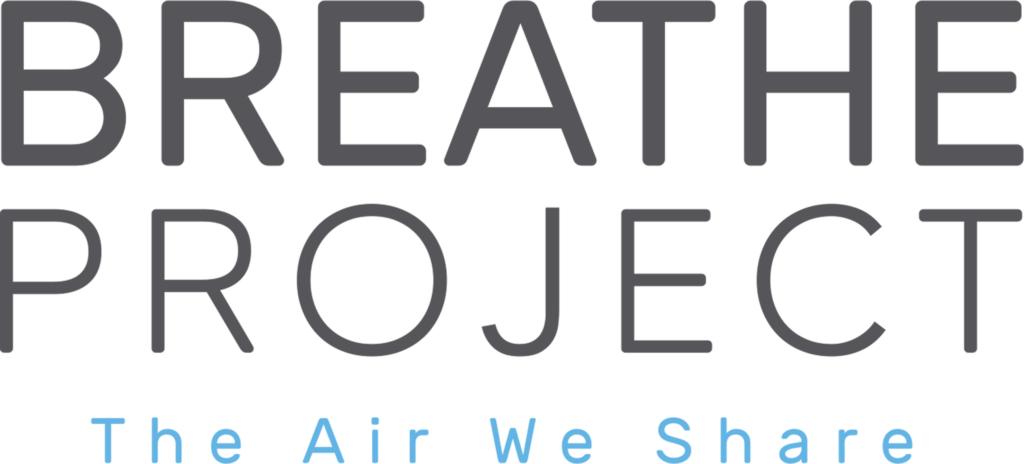By Albert Presto
Assistant Research Professor, Mechanical Engineering
Carnegie Mellon University
What we put into the air doesn’t stay in one place. This may seem obvious to anyone who has stood downwind of a smoky campfire or watched the wind push around dust and leaves. But this fact often seems to be forgotten when examining the impacts of a pollution source on nearby populations. The bias is generally to focus very close to the source. This is with good reason – regardless of which way the wind is blowing, emissions from a factory or other facility will almost always be present nearby – but it also can give the misleading impression that only those people living in the shadow of a source can be affected.
In Pittsburgh, our noses can remind us of the presence nearby pollution sources. Local residents, myself included, will report instances of “industrial” odors, even if they live or work miles away from the nearest major industrial facility. Others smell nothing. The odors tend to be most intense in the morning hours, when the atmosphere is calm and the ground-level mixed layer is shallow, meaning that emissions are trapped near the ground.
To many, the source of these odors can be puzzling. We don’t live in Pittsburgh’s bad old days, when steel mills up and down the rivers belched black smoke day and night. Often there is no visible indication of a source, such as smoke or an idling truck nearby. The few remaining major sources are clustered into a few enclaves along the rivers (like the Monongahela River valley industrial complex), often far from where people smell and report the odors from. With no smoking gun, what makes the stink?
To help answer this question, my research group at Carnegie Mellon University recently characterized air pollution in two Pittsburgh neighborhoods about 10 miles from any major industrial sources. We found that in both locations, one in the suburban south hills and one in Squirrel Hill, concentrations of some pollutants would peak during the overnight and early morning hours. These pollutants included a class of cancer-causing organic compounds such as benzene, toluene, and xylenes, collectively known as BTEX. BTEX is emitted by a number of different sources, including automobiles and some industrial activities.
We were able to determine that the nighttime and early morning peaks in BTEX are the result of nearby industrial emissions, trapped near the ground by weather conditions, and transported to our measurement locations by the wind. The industrial sources contributed about 70 percent of the measured BTEX at the two measurement sites, with traffic making up about a quarter. This means that industrial sources can dominate human exposures to pollutants classified as air toxics by the EPA. Industrial and traffic sources show very different temporal patterns – the traffic source is strongest in the day, when people are driving their cars, whereas the industrial source peaks overnight, during hours when many people are home and asleep. Thus, people may be unaware of their exposure. The industrial plumes can also persist into the morning hours, mixing with traffic emissions and affecting exposures during the early waking hours.
Do these BTEX plumes match with reports from the local nose patrol? Our initial results indicate that they do. Several volunteers logged smell reports while my team was making our measurements. Each smell event logged by our volunteers matched a measured overnight plume, though our smellers did not log every measured plume event. It’s important to note that smelly or not, these plumes exist and impact large parts of the county. Truly determining the accuracy of the human nose at identifying these industrial plumes will require a more focused study, but the initial results suggest that the industrial smells noticed by the public are real and are the result of plumes of industrial emissions.

